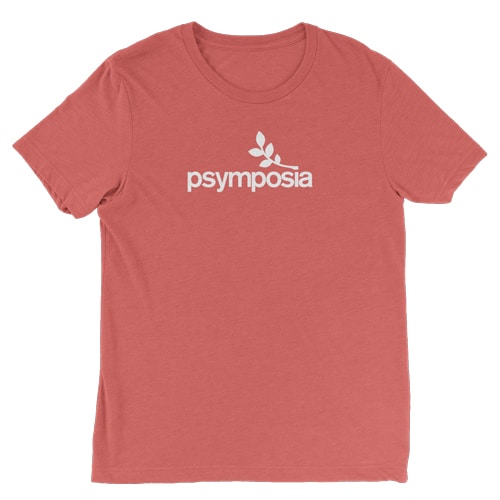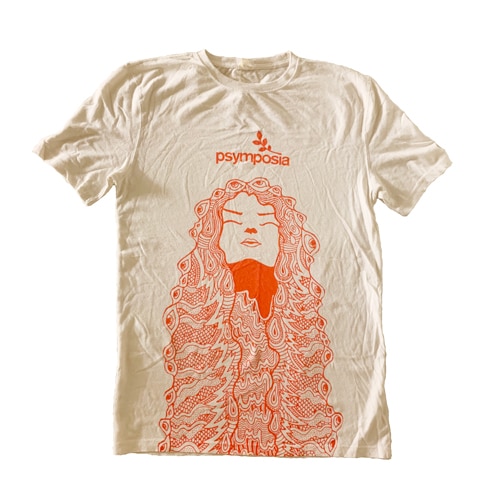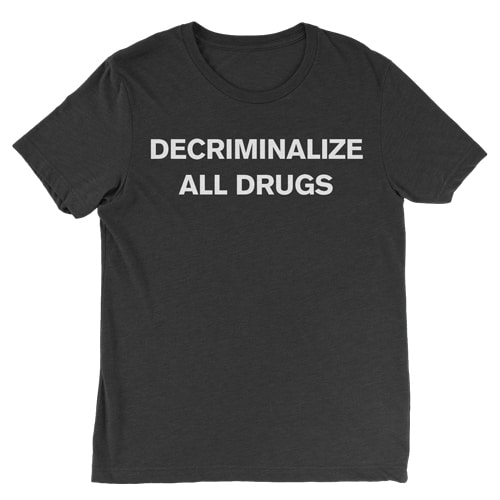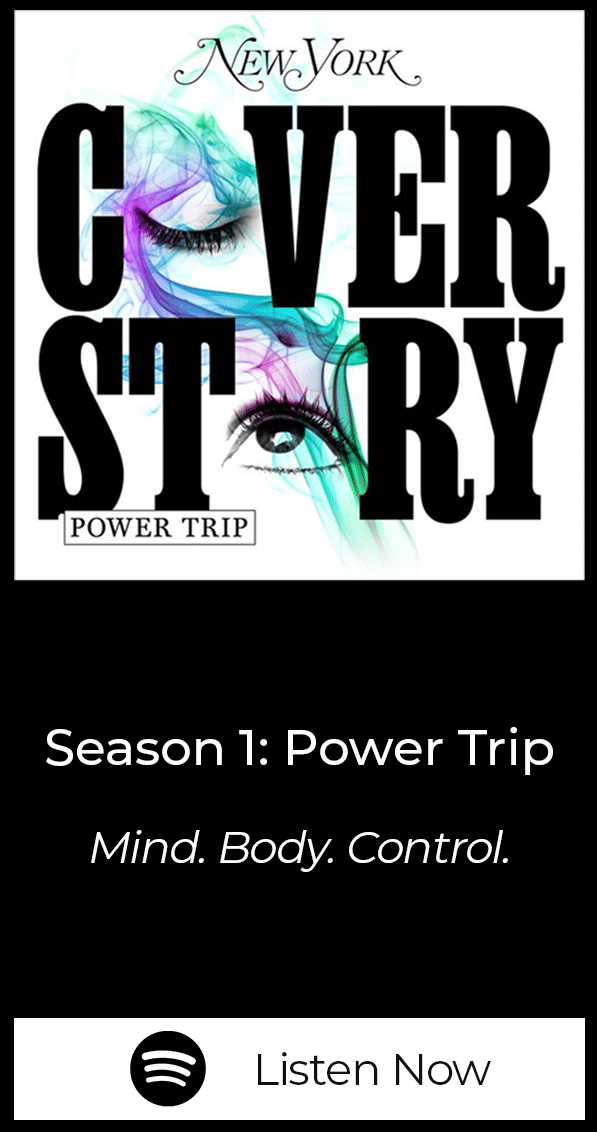Psychedelic Inclusivity: Hopes and Challenges
When stubborn drives for inclusion and connection in the present betray a racially divided past, psychonauts may be able to attend to histories of exclusion, separation and disconnection in order to deepen our understanding and engagement in the present.
The is part 4 of The Psychedelic Diversity Conversation.
Read: Intro | Part 2 | Part 3 | Part 5 | Part 6

Psymposia is a 501(c)(3) nonprofit research and media organization that offers critical perspectives on drugs, politics, and culture. We rely on contributions from our readers and listeners. Your support is vital to sustaining Psymposia.
Support Psymposia’s independent journalism on Patreon and help us drive the Mystery Machine! We’re a bunch of meddling kids who are unmasking the latest shenanigans on the psychedelics beat.
In Western societies there has been a resurgence of interest in non-ordinary states of consciousness. Self-styled ‘psychonauts’ – explorers of the mind – are growing in numbers, sharing experiments and engaging in practices ranging from the use of psychedelic drugs, to music and drumming, to dancing. Mainstream events focused on psychedelic experiences are becoming common for the first time since the 1970s. And yet, just like in the 60s and 70s, it’s largely a white, male demographic that’s revealed to use psychedelics, according to US population survey data.
Questions of cultural appropriation abound. But also questions of potential – the resurgence has prompted conversations about the role of such experiences in radical politics. As ‘expanded states of consciousness’, these experiences promise fresh energies for tired times. As ‘mystical experiences’, they promise access to something pure and unquestionably positive in a moment when we are becoming suspicious of how our very desires are complicit with systems that entrap us.
On a warm August evening, The Alchemist’s Kitchen, a trendy new venue in New York City, hosted the event, ‘Psychedelics and Race: Why is the Psychedelic Movement Whiter than the Tea Party?’ The venue is a hipster-chic storefront with expensive tonics and elixirs, and a downstairs space for events.
The moderator of the panel was Dimitri Mugianis, a New York-based drug policy activist, Bwiti N’ganga, musician, and poet, who held the space for a spirited conversation. While the survey data do not necessarily correspond to those who would count themselves as belonging to the ‘psychedelic movement’, the proliferation of events such as this one at The Alchemist’s Kitchen are consistent with white and male demographics, pointing also to a gentrifying population. As the evening unfolded, I wondered what could come of an event where experiences of transcendent consciousness and universal love would be made to speak to the history of a racialized privilege that has long-enjoyed patting itself on the back. I also wondered what would be required for these conversations to endure beyond the night.
For me, one moment took flight. Mugianis asked what hope psychonauts can offer for radical political action. He suggested – at once playfully and seriously – that psychonauts can keep the party going because they do it at festivals like Nevada’s annual Burning Man. They know that sustained collective activity requires organizing toilets, showers, and food. We could add to this: managing collective and individual mood, and embracing extreme experiences by channeling them, drawing on them, transmuting them.
Mugianis’ example was meant as an invitation to find the bridges between Western practices of psychonautics and the increasingly urgent need to invent and bolster anti-capitalist, anti-fascist politics. I would add something to this. Psychonautics is steeped in practices of closing and protecting spaces. Consider the most secular of psychedelic-using spaces: the current swathe of university-based clinical trials investigating the effects of psychedelic drugs, shut down at the end of the 1960s and only recently reinitiated.
In these settings, participants are asked to turn off their phones and remove their shoes. They cannot have visitors and are requested to keep their eye-masks on so that they can focus on ‘journeying inwards’. They don’t even have to worry about time, as a trusted nominee will come to pick them up at a prearranged hour. In effect, the guides’ protocols and drug effects produce temporalities anew.
Meanwhile, in underground settings, various objects are charged through ritual to act as gargoyles and protectors, delimiting spatial boundaries. Ensuring time off the next day, uninterrupted by the traffic of daily life, helps with the crucial integration of the experience. And again, in indigenous settings we find protection and closure – the holding of space through the warding off of interruptions. People give themselves entirely for the night into the hands of a curandero, who builds containers through the singing of songs, the recitation of prayers, and the sharing of food.
Problems of Inclusion
What might this protection and closing of containers have to add to the conversations about radical politics at The Alchemist’s Kitchen? One theme not touched upon enough at the event was that of inclusion.
The question was raised as to how to make these meet-up conversations more racially inclusive, with a widespread acknowledgement that this event was unusual in attracting an audience that wasn’t wholly or predominantly white. But other factors went without comment. For example, the cost of the event is inevitably relevant. Conversations about racial difference cannot be intelligently had without intersecting dialogue about class, and ultimately about capitalism’s great lodestone: scarcity. This event cost $25 at the door, $20 in advance. There was no sliding scale option, no prioritizing of inclusion over the bottom line. Other events advertised during the night’s conversations also cost similar amounts.
But whose problem is it, exactly, that these events are so white? We rally behind calls for inclusion as a necessary value, but why is it so? Do we think that only by coming to these events can non-white people also benefit from conversations about psychedelics, race and political struggle? Do we know that there are no non-white spaces where such conversations happen, even flourish under the catalyst afforded by double consciousnesses (DuBois, 1903)? And when we look to other examples where non-white people are brought into the fray of predominately white events, what inevitably happens? Who gets co-opted? Who gets misrepresented? Who gets forced to represent? Finally, why should the white event be the ‘original model’ that then adapts for sake of inclusion? We might wonder what white traces are left in the construction of the container.
To begin to respect the complex depths of racial histories we have to problematize the knee-jerk impulse to move forward through inclusion. And we know this from psychonautic practices – to charge a space, we have to close the circle. To have certain conversations and build certain resonances, again we have to close the circle. To be vulnerable and powerful at the same time, close the circle.
Meanwhile, back in the nineteenth century Karl Marx cautioned against the intrinsic goodness of connection. In describing the ‘proletarianization of the masses’ he demonstrated that an interconnected population is an exploitable population: the emergence of a uniform population of laborers who are ready to sell their labor power as commodities in markets is not a universal condition, but peculiar to the early history of capitalism.
The drive to interconnectedness today takes another turn. Now, it’s ‘good to talk’. We are all encouraged to ‘get connected’, and so much of our spare time and attention is captured by the impulse to connect through social media. We might ask, in an age when our social and political interconnectedness is not a given but a labor that makes demands upon our time and money (Dean, 2012), what hope is left for revolution through connection? Connection and inclusion have become hallmarks of neoliberalism, and money is the greatest connector. Events drawing people together at spaces such as The Alchemist’s Kitchen are said to only be possible when their organizers can weather the currents of capital. This is not to say that inclusion and connection are not important values. But who we connect with matters, as does how we do the labor of connection, and whether we can respect – or even hear – calls for reshaping the containers that connect us.
Intersecting Struggles
What do these questions around inclusion mean for continuing the hopeful conversations started that evening at The Alchemist’s Kitchen? In seeking radical political engagement, we might resist the temptation to swiftly move from recognizing how spaces are too white to calls for inclusion, with all the traps and disappointments the latter continues to entail.
So let us pause for a moment instead. Once we have recognized that the bodies in a space are so very stratified, what other options become available to us? What inspiration is there in black and feminist theories of separatist politics, and how do these intersect with our own knowledges of the importance of closure, exclusion, and protection in psychonautic sorcery?
There are not one but several ways for academics such as myself to build this bridge. An incomplete list of where we might find inspiration includes theorists exploring the possibilities of an alliance between separatist politics and psychedelics through decolonial, postcolonial, and feminist theory; historians excavating relevant antecedents, such as November 1970 in Algiers, asking what exactly went wrong when countercultural icons Timothy and Rosemary Leary met with Eldridge Cleaver and the Black Panthers; and anthropologists focusing on the constitutive inclusions and exclusions demanded in the ‘sciencing’ of indigenous traditions today, when researchers pack the clinical trial model off to the Amazon or the Atlantic coast of Equatorial Africa.
And what about the role for psychonauts? When stubborn drives for inclusion and connection in the present betray a racially divided past, psychonauts may be able to attend to histories of exclusion, separation and disconnection in order to deepen our understanding and engagement in the present. In other words, we might see an awareness of the lack of inclusiveness at the intersections of psychedelic experiences and radical politics as something to be entered and explored. Not quickly ‘resolved’.
The felt absence of non-white bodies can be unpacked. Often in the name of individualized therapy or liberation, psychonauts journey through psychedelic states where they can engage ancestors and spirit guides in order to bring back to the present various insights that seed and feed hope. However, psychedelic practices go further than this, both by delivering justice to figures of the past, and by changing the past itself in ways that have knock-on effects on the present. It is therefore incorrect to say that among psychonauts, in relation to events in the past, “hope expresses a relation of care and concern rather than its being a stimulus to action” (Waterworth, 2003: 34). Temporality here is configured as an ever-repeating present, whose horizon is a radical openness to a future no longer conditioned by intergenerational tendencies that predate, and fully expect to outlive, us. While the broader embrace of epigenetics lends legitimacy to conceptions of identity that are radically intergenerational, seasoned psychonauts have long been aware that habits can, but need not, live longer than people.
So, what if these techniques for entering the past can be put in the service of a deepened understanding of the role of intergenerational trauma and the histories of racialized division, offering insights, tactics, and hope for the felt whiteness of psychonautic spaces? Perhaps this promises to open up the circle into a spiral that comes round again, only this time including the constitutively excluded, in another attempt to understand the legacies of exclusion that haunted the closing of the circle in the first place.
Read part 5: Psychedelics and Social Justice
Hey! Before you go… Psymposia is a 501(c)(3) non-profit media organization that offers critical perspectives on drugs, politics, and culture. We strive to ask challenging questions, and we’re committed to independent reporting, critical analysis, and holding those who wield power accountable.
Our perspectives are informed by critical analysis of the systemic crises of capitalism that have directly contributed to the unmitigated growth of addiction, depression, suicide, and the unraveling of our social relations. The same economic elite and powerful corporate interests who have profited from causing these problems are now proposing “solutions”—solutions which both line their pockets and mask the necessity of structural change.
In order for us to keep unpacking these issues and informing our audience, we need your continuing support. You can sustain Psymposia by becoming a supporter for as little as $2 a month.
Tehseen Noorani
Tehseen Noorani, PhD is a Marie Curie and Durham University COFUND Junior Research Fellow. His research investigates the social, political and epistemic potential of trauma, illness and drugs in producing 'limit-experiences'. From 2013-2015 Tehseen was a NIDA-funded postdoctoral research fellow on at Johns Hopkins University, where he led qualitative research for a pharmacology team researching psychedelic experiences. He is currently conducting a comparative ethnography of psychedelics use, and has taught at New York University and the University of East London.





